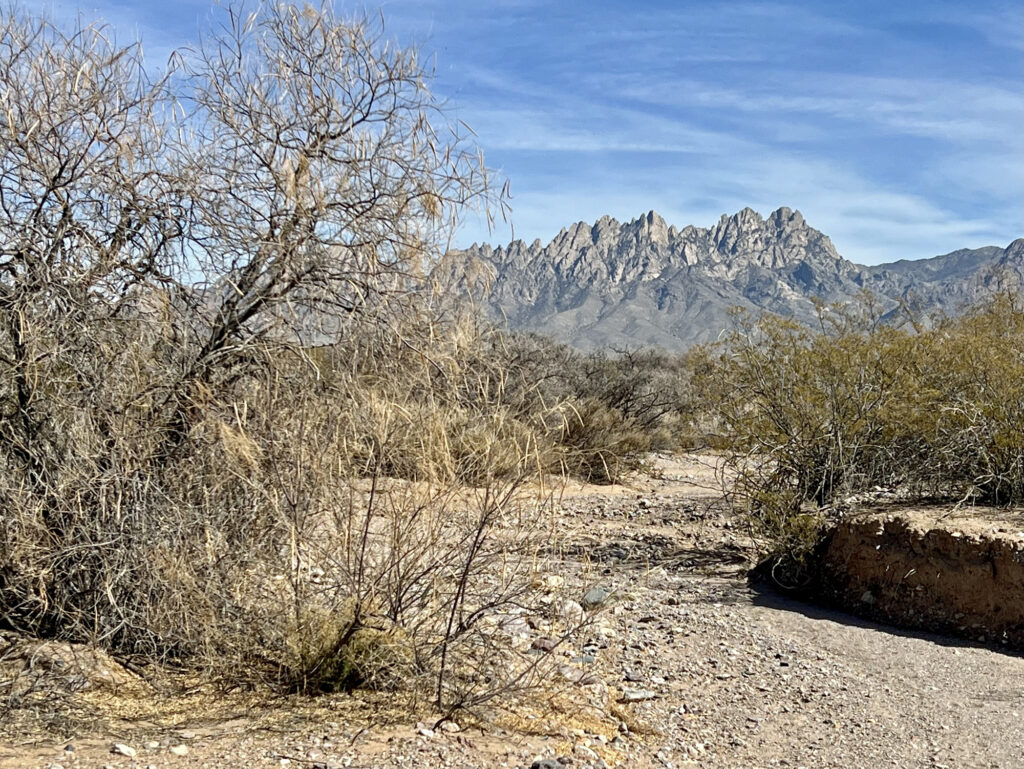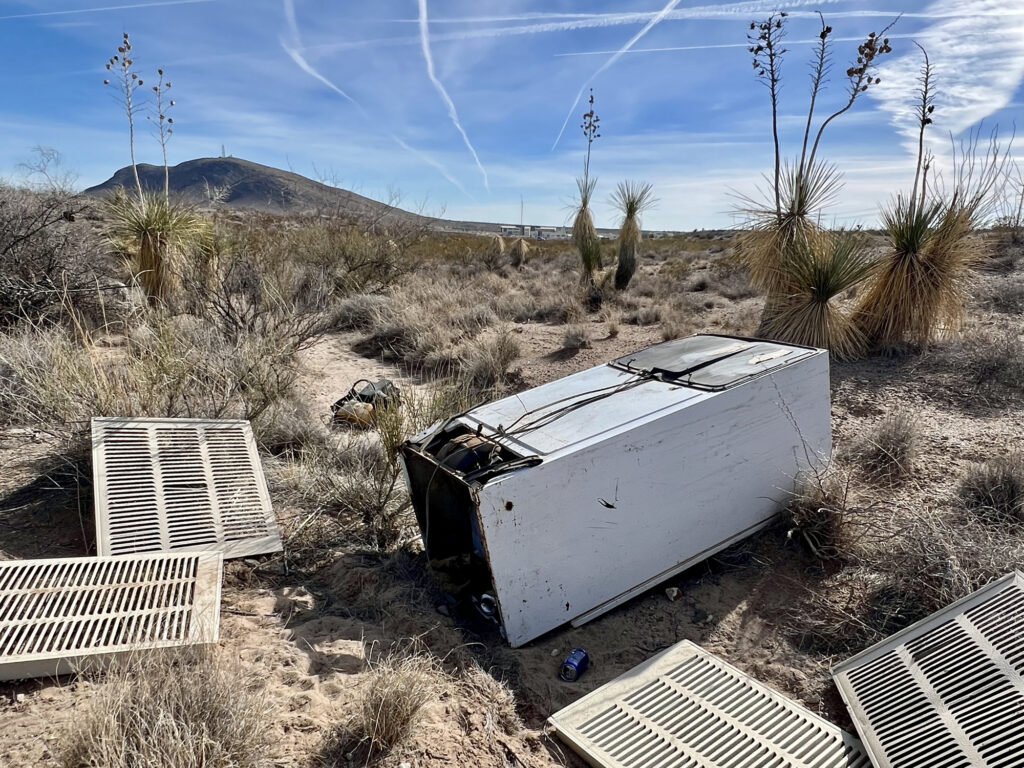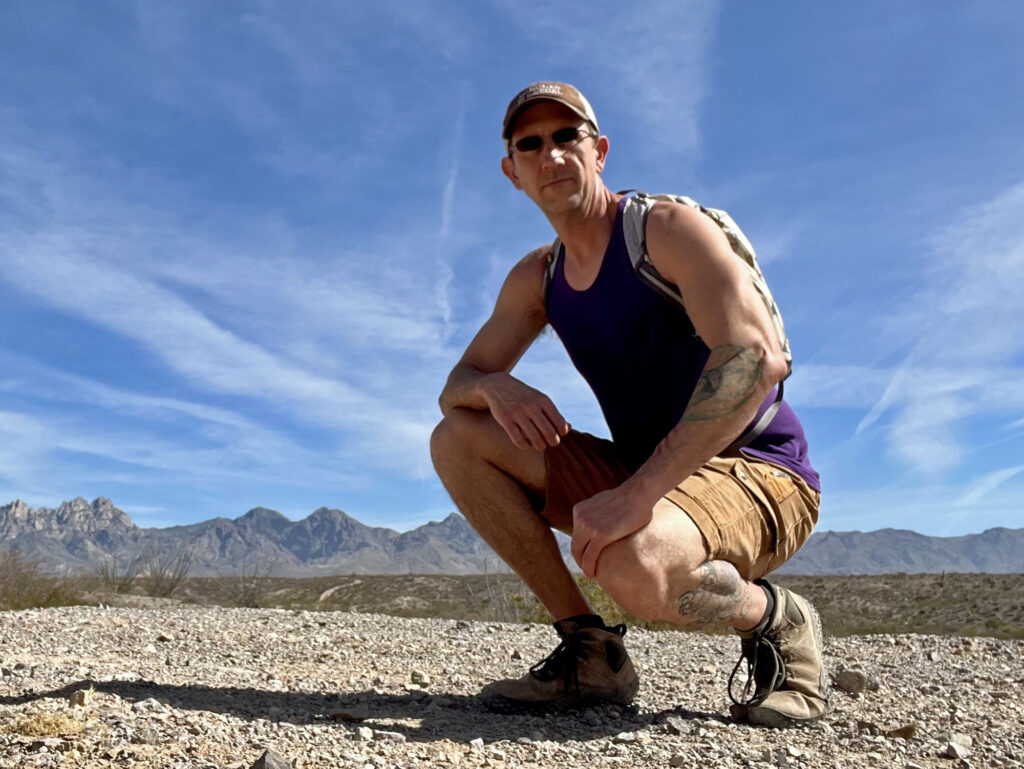
I was in high school when I learned that an oil corporation may have been complicit in the slaughter of people in Nigeria who protested the company’s pollution.
I was in college when the Israeli government killed Rachel Corrie for protesting the demolition of homes in Gaza.
These events began my education about the reality of modern empire. And still, growing up in the 1990s, it felt to me like things were improving. These atrocities were coming to light. Democracy was spreading across the globe and to more people in the United States, where I thought we were heading towards greater racial equity and away from colonization.
This middle-class white kid grew up idolizing Dr. Martin Luther King Jr., Will Smith and especially Michael Jordan. The arc of history truly felt to me like it was bending toward justice.
That we’re moving so rapidly in the opposite direction in the 2020s, while my daughter is the age I was in the 90s, shatters my idyllic feelings about my teenage years. The events of the past few weeks have left me reeling.
So I trekked into the desert last week to find grounding. The temperature was near 80 degrees in early February. I was sweating even though I was wearing a tank top and shorts.
The unseasonably nice weather felt invigorating and, at the same time, unsettling. I know this desert well. I’m always looking for javelina, obsidian, vehicle tracks, new trash — anything that might provide insight into how things are going out here.
At the top of a hill I spotted a refrigerator, a few metal grates and an oil tank from a vehicle engine below me in an arroyo. They weren’t there the last time I passed this spot.
I saw tracks from a coyote that had moved around the trash and past patches of brown grass down the arroyo. From my vantage point Tortugas Mountain rose above the mess. Several contrails crossed the deep blue sky.
I felt like the desert had listened to all the complaints swirling around in my head while I was hiking: Elon Musk is trying to stomp the federal government into the ground. Trump is flying immigrants to an island prison designed for terrorists. The defense secretary is in my state spreading hate. Oligarchs are playing chicken with the world’s economy to win themselves another tax cut. We’re talking about forcibly displacing Palestinians again.
Then the desert responded: Yeah, it sucks. It’s happening here, too. I hear you.
I snapped a few photos with my iPhone and reported the illegal dumping to the county. Then I continued walking.

A self-portrait
Further up the road, the power lines turned north. At the curve I broke free from the posts and wires to get a clear view of the Organ Mountains. The sky was bright and the air still. I took a deep breath. My lungs felt strong.
I remember a time not long ago when getting to this spot, one mile from my home, caused my lungs to burn and my legs to feel heavy and contorted. Long covid had taken so much from me, and every short walk was a gamble. Would my body tolerate a bit of exercise or would I crash and be stuck in bed for days?
Many times when I was ill I had to stop at this spot. I would sit on the cement slab that wraps around a giant power line post and drink water while I mustered up the strength to turn around and drag my weak body home.
On one of those respites I remember feeling sorry for myself. I had been thinking about the time Jordan played through food poisoning to score 38 points and lead the Chicago Bulls to victory in Game 5 of the 1997 NBA finals. I was wondering why I couldn’t do the same.
Toughing it out didn’t work with long covid. If I overdid it I crashed hard, sometimes for weeks. But I gradually learned what my body could handle and how to better regulate it. I slowly improved.
My long covid is in remission. I am strong again.
During last week’s hike I decided the spot in the desert where I used to rest was a good place to document my recovery with a self-portrait. I set the timer and squatted in front of my iPhone with the mountains behind me. Then I retrieved my phone and headed deeper into the desert.

There’s always more trash
I thought about the refrigerator as I passed other trash scattered among the creosote and cactus, things like beer cans and glass bottles, mattresses and tires. It’s everywhere, like the chaos the Trump administration is causing.
The county will eventually pick up the refrigerator and other trash I reported, possibly in weeks, probably in months. In that time people will dump even more out here. Every time I come out there’s something new.
Some days I believe that the things I and countless others are doing to defend democracy, combat climate change and seek justice in other ways will collectively turn the tide. Other days it feels like we’re building sandcastles on a beach while a tsunami is approaching.
Sometimes I drive into the desert to pick up trash. Once my daughter and I filled the bed of my truck with several full 13-gallon bags. I often pick up shotgun shells and bullet casings while I’m hiking. I found a t-shirt out here once that was in good shape and dropped it off with other donations at Savers.
Last week I picked up a pile of yellow 7 1/8 ounce shotgun shells. Someone was hunting quail.
While I was stuffing the shells in my backpack, a jackrabbit darted out from under a woody shrub, leaving a cloud of dust behind.
A collapsing ecosystem
Just a few short years ago this desert was filled with jackrabbits, cottontails, javelina, foxes, coyotes and deer. We tracked a mountain lion for months and found a doe it killed and ate.
Climate change has accelerated so rapidly in recent years that the ecosystem in these hills and arroyos has collapsed.
There hasn’t been new grass for some time. The pigweed hasn’t grown in the spots where water historically collects because it hasn’t rained enough. A pandemic killed most of the jackrabbits. There are still coyotes, but far fewer than before.
I regularly track javelina. What was once a squadron of 8-10 adults is now 2-3. They have babies, trying to grow their numbers, but lose most to increasingly desperate coyotes. The deer don’t come down from the mountains much. We haven’t seen evidence of a lion in years.
I was thinking about the lion while I was picking up shells, and the grief I came out here to release flowed. If we can get fascism under control — and that’s a big if — we’ll still be living on a planet we are actively destroying. The thought made me shudder.
I decided it was a good time to sit and drink some water.
New Mexico’s tenacity
I’ve been writing a lot lately, focusing on things we can do to protect and preserve democracy. But as I was sitting in the desert, I didn’t feel like doing any of that. I felt despair.
In my head I know the chaos is the point, that they mean to overwhelm us because it reduces our capacity to resist. After years of chronic illness characterized by fatigue, lately I’ve had a lot of energy for fighting. But it’s not constant.
I pulled out my phone and looked at the photo I took of myself earlier. I saw the muscles in my calves and arms. I look strong, I thought.
I feel strong.
I came out here to work off angst and process grief. I came to use these muscles that no longer burn when I move, these lungs that fill without pain, and this heart that beats with more regularity than it did when I was ill.
It was only 10 months ago that I was healthy enough to return to the gym. Before that I was severely ill for 2.5 years, and essentially disabled for more than a year.
This photo reminds me of tenacity and resilience.
These are New Mexico’s strengths. They have been woven into the fabric of our society since before Spanish colonizers set foot on this land, since long before the United States existed. New Mexico doesn’t give up. It outlasts oppressors.
I don’t give up. More than once, my body has worn down to frailty. Covid nearly killed me. I built back.
And with that, I was ready to head back into the city.
Still fighting
On the way home I was stepping over footprints I left during my last hike out here in December. I came across the same deer tracks I saw back then. It’s been that still and dry. And it doesn’t look like another deer has been in this area for weeks.
Javelina have been here. I found fresh tracks, including tiny indentations in the dirt. There are babies in this squadron again.
I saw quail tracks, too. There isn’t a cattle stock tank for miles. Aridification has really harmed their ability to find sustenance around here.
Bu the quail are still fighting. So are the javelina. Just like Will Smith’s character Steve and his friends in the movie Independence Day when the aliens are trying to extinguish them. The thought is cheesy, I know — but my 90s nostalgia is high right now.
I ended up hiking more than six miles on Monday. With shotgun shells rattling in my pack, I passed the refrigerator a second time. I shook my head and kept walking.